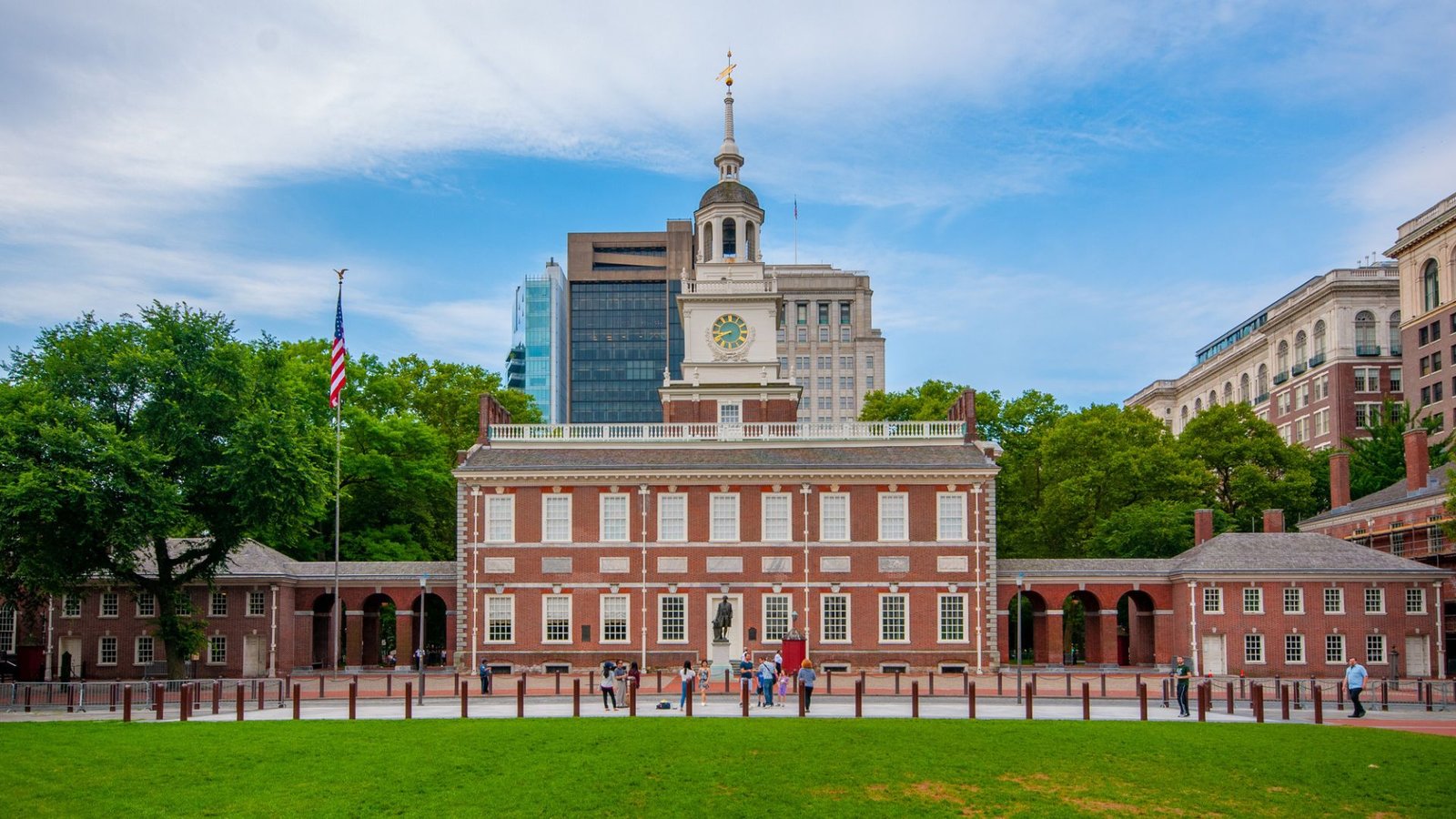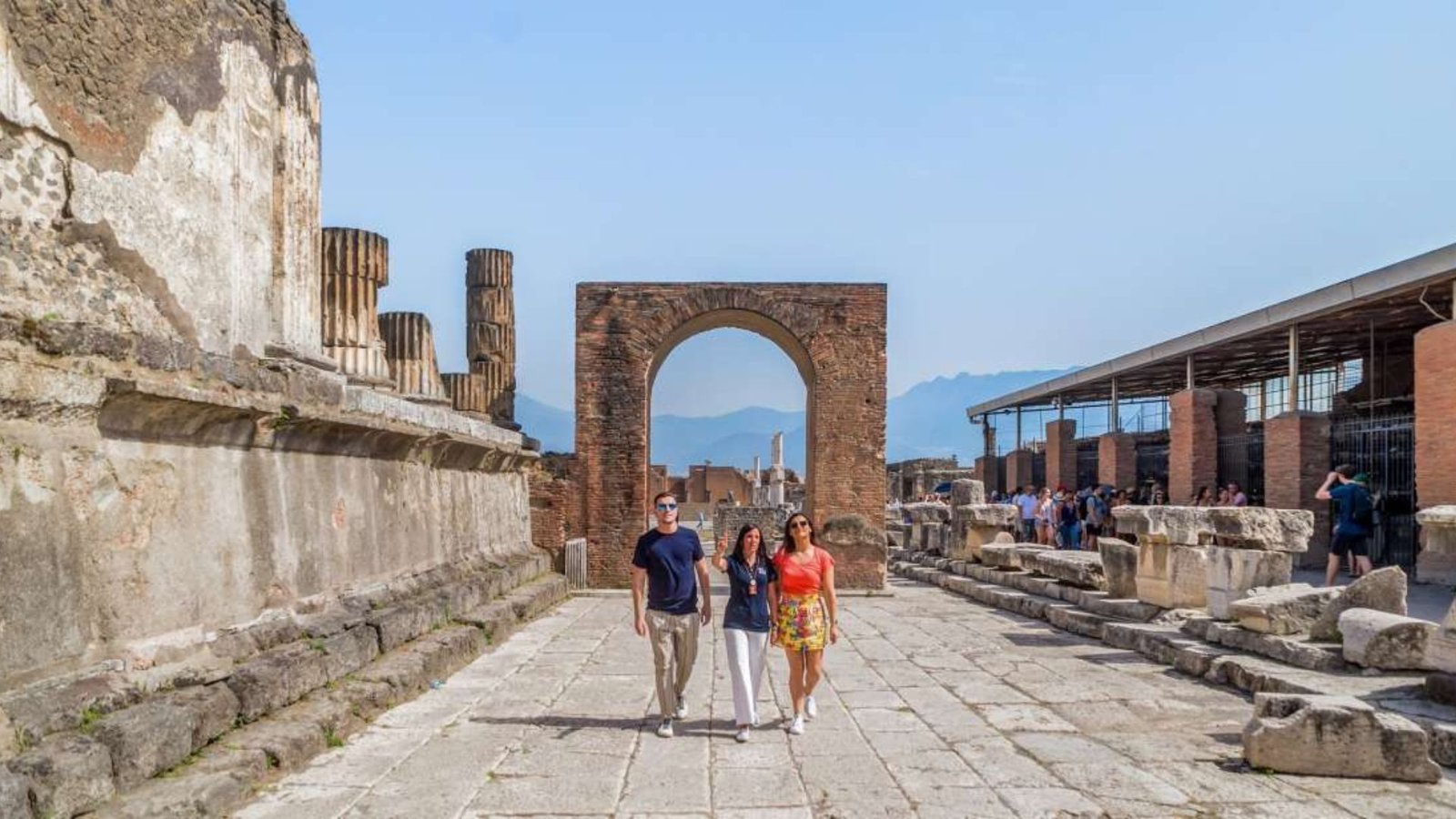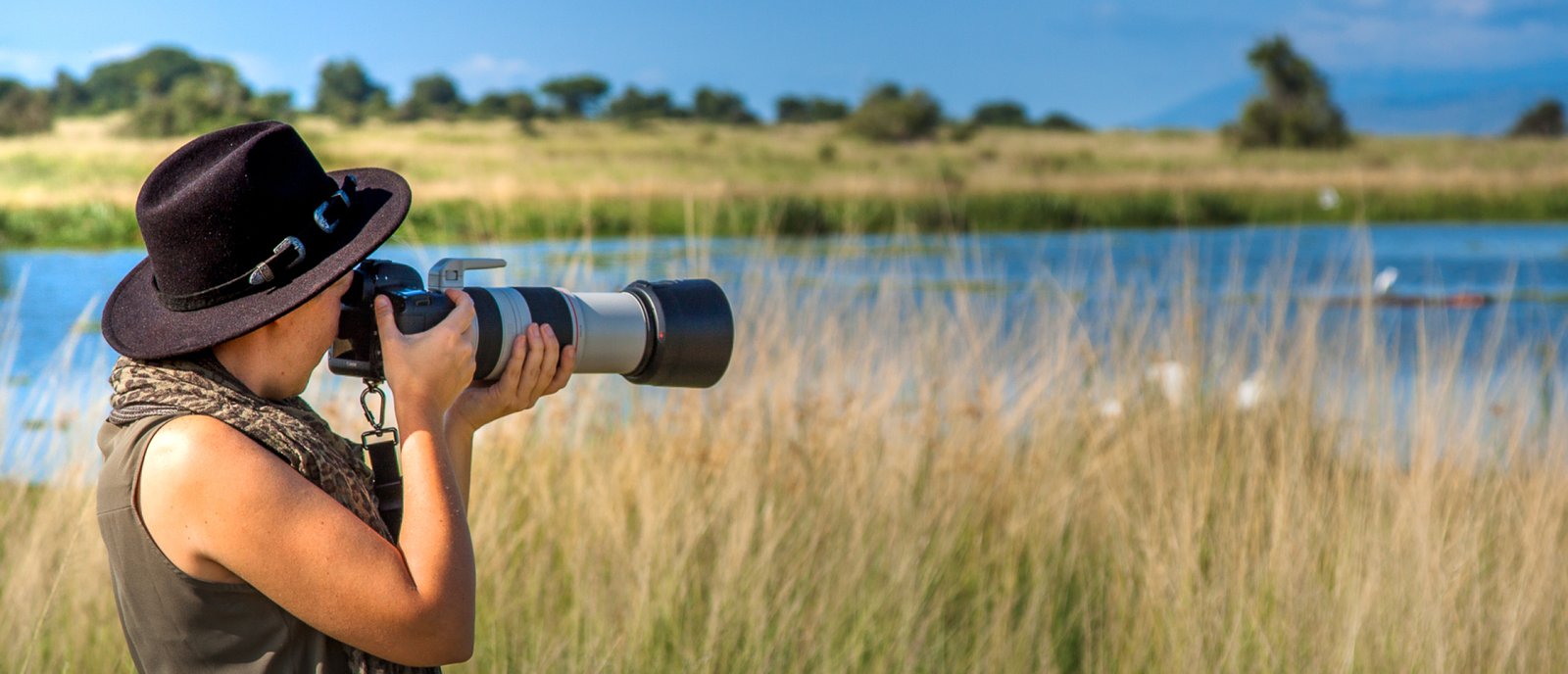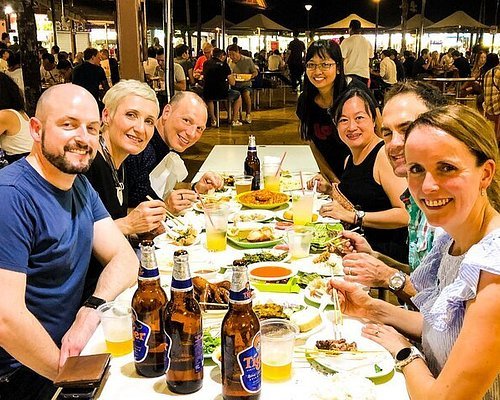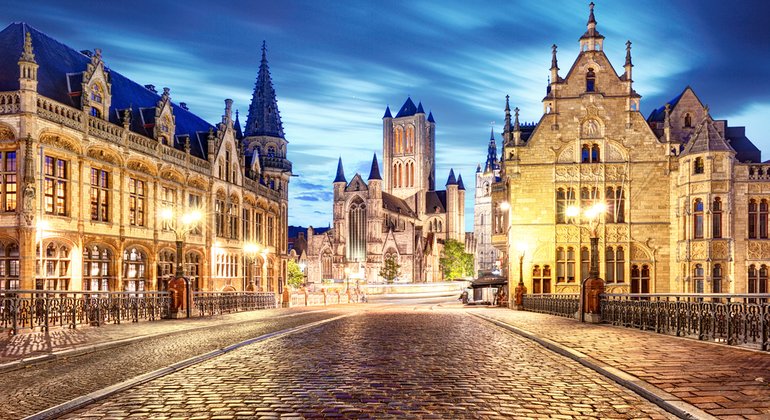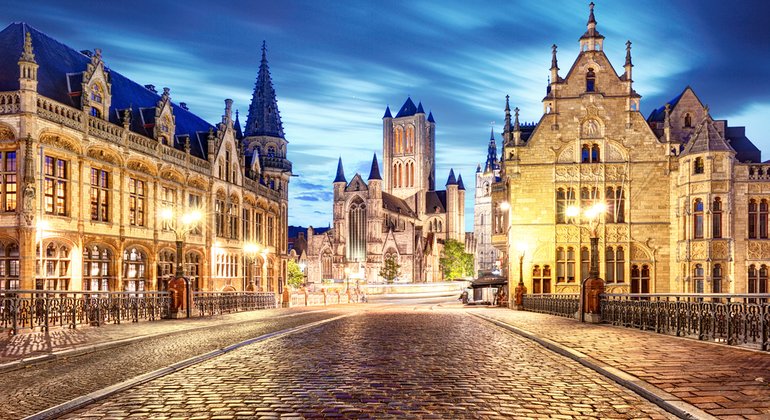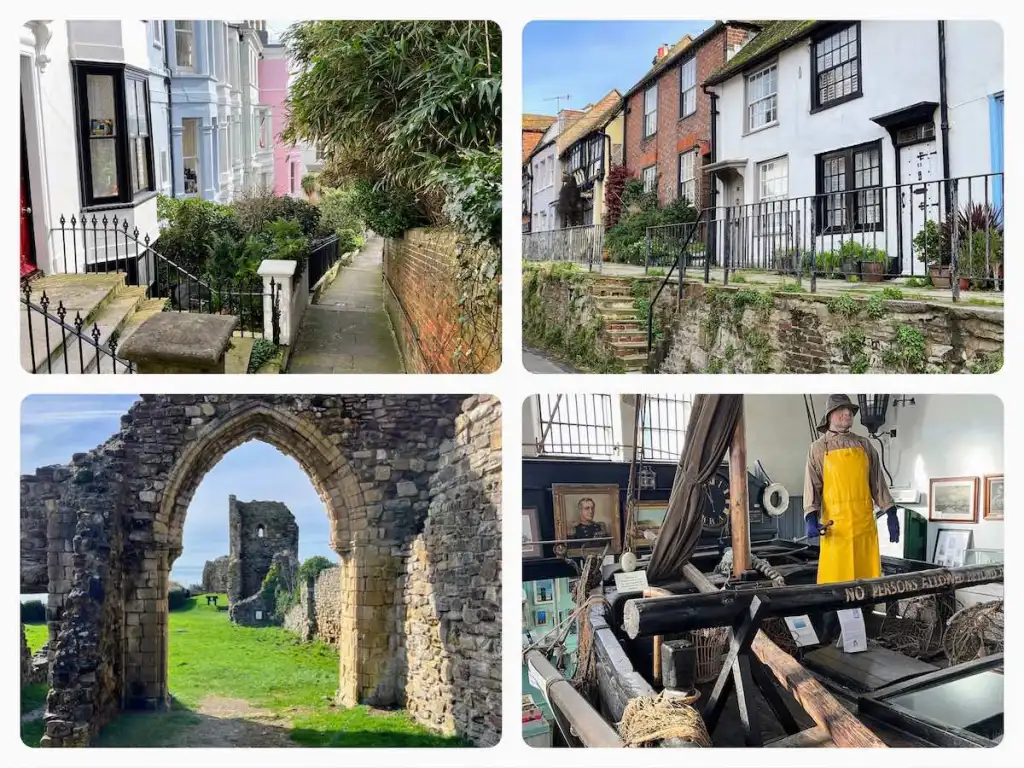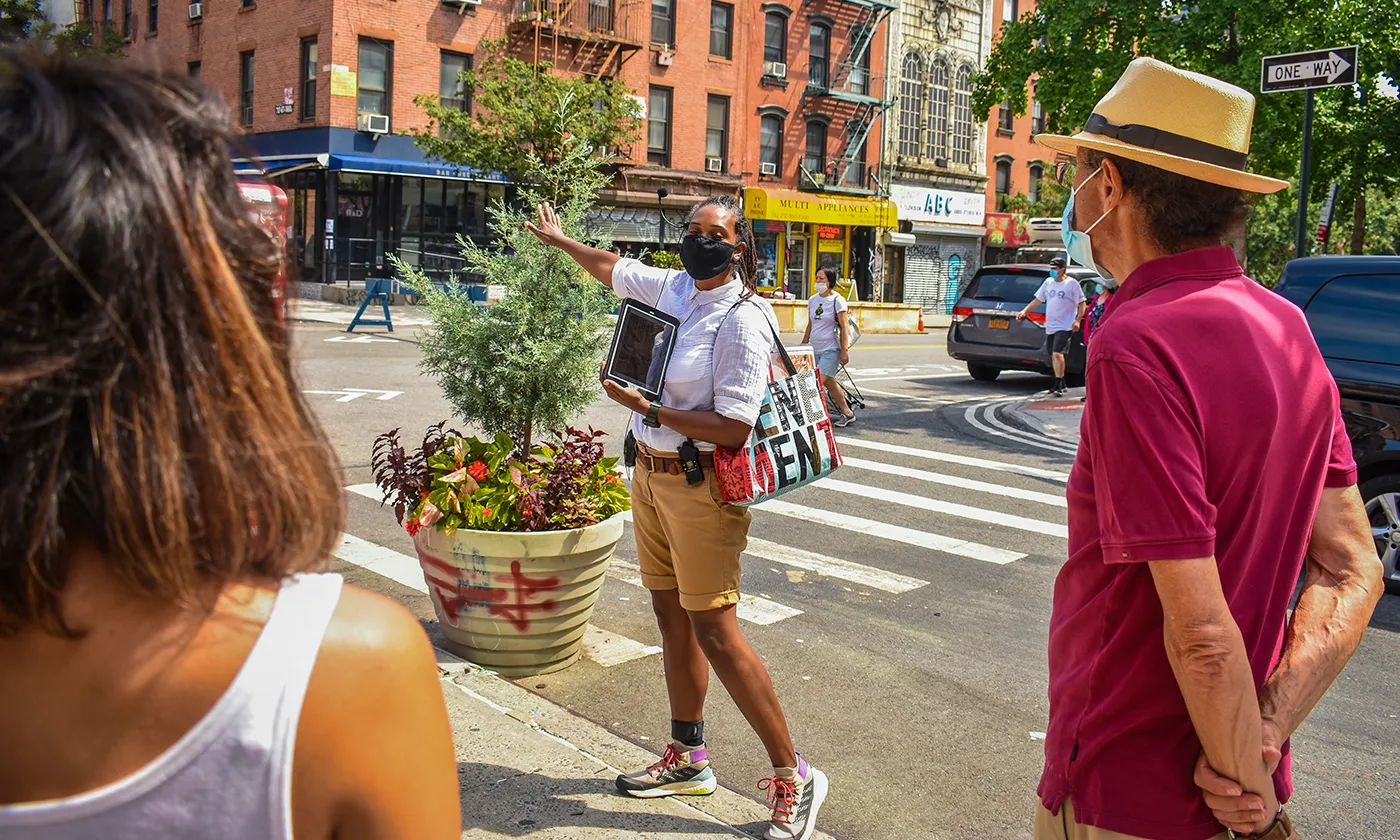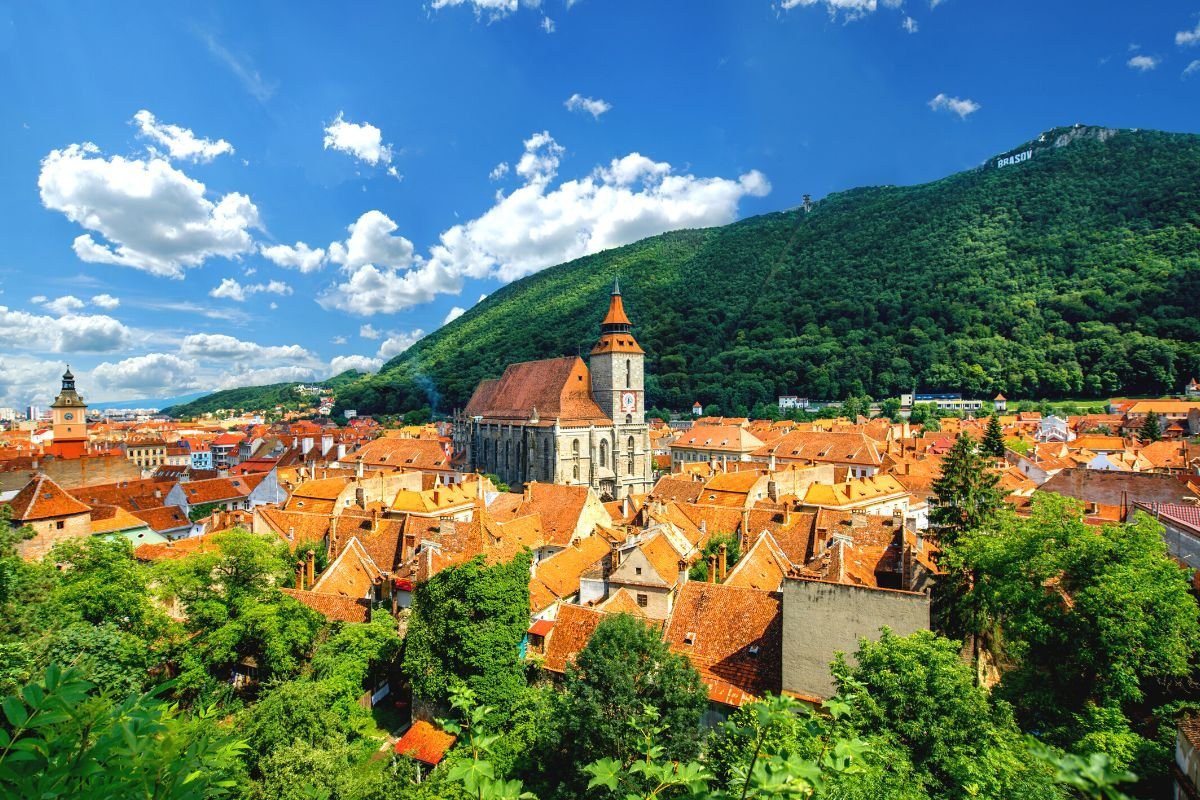Planning Your Self-Guided Tours
Embarking on a self-guided tours offers the freedom to explore at your own pace, dive deep into local culture, and uncover hidden gems. To make the most of your self-guided tour, thorough planning is key. Here’s a guide to help you prepare and enjoy a seamless adventure.
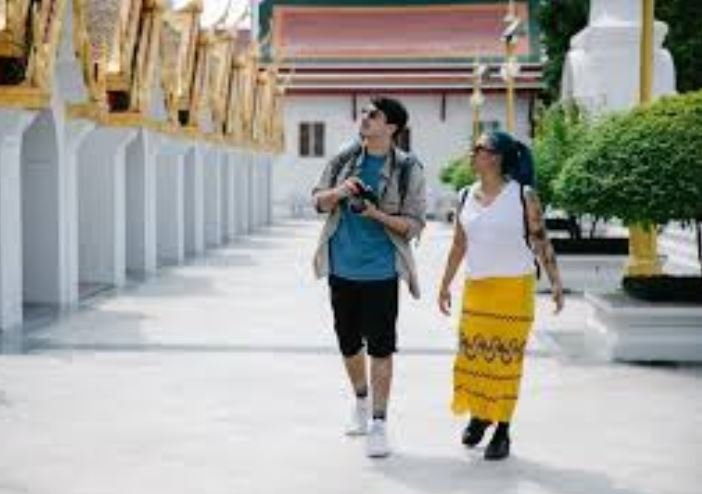
Choosing Your Destination and Theme
Selecting the Right Destination
Start by choosing a destination that excites you. Whether it’s a bustling city, historic town, or scenic countryside, your choice will set the tone for your self-guided tour. Research potential locations to understand their key attractions, cultural significance, and the types of experiences they offer. Consider destinations with diverse offerings, such as landmarks, museums, parks, and unique neighborhoods, to ensure a well-rounded experience.
Defining Your Tour Theme
Decide on a theme for your self-guided tour. Themes can range from historical landmarks and street art to culinary adventures or nature exploration. A clear theme helps focus your itinerary and ensures you explore aspects of the destination that interest you the most. For example, if you choose a food-themed tour, research local dining spots, markets, and culinary traditions.
Planning Your Itinerary
Researching Key Attractions and Hidden Gems
Compile a list of must-see attractions and off-the-beaten-path spots. Use travel guides, local blogs, and recommendations from previous travelers to create a balanced itinerary. Make sure to include both well-known landmarks and hidden gems to get a comprehensive view of your destination. For example, if you’re exploring a city known for its street art, identify famous murals and lesser-known areas to discover unique works of art.
Mapping Your Route
Create a practical route to navigate your chosen destinations. Use mapping tools to plot your itinerary, taking into account the distance between locations and transportation options. Optimize your route to minimize travel time and maximize your exploration. For cities with extensive public transportation systems, plan routes using buses, trams, or subways to efficiently reach different parts of the city.
Preparing for Your Tour
Gathering Essential Resources
Equip yourself with essential resources for a successful self-guided tour. This includes a detailed map, guidebooks, or digital resources such as travel apps and navigation tools. Ensure you have access to local transportation information and emergency contacts. If your destination has specific entry requirements or regulations, such as museum hours or local guidelines, gather this information beforehand.
Packing Smart
Pack appropriately for your self-guided tour, considering the climate, terrain, and activities you plan to engage in. Comfortable walking shoes, weather-appropriate clothing, and a reusable water bottle are essentials for any tour. If you plan to take photos or notes, bring a camera or a smartphone with sufficient storage and battery life.
Navigating Your Self-Guided Tour
Flexibility and Adaptability
While having a plan is crucial, flexibility is equally important. Be prepared to adjust your itinerary based on weather conditions, local events, or unexpected discoveries. Allow some free time in your schedule to explore spontaneously and enjoy serendipitous experiences.
Engaging with Locals and Local Culture
Interact with locals to enhance your tour experience. Engage in conversations, ask for recommendations, and learn about local customs and traditions. Visiting local markets, cafes, and community events can provide authentic insights into the destination’s culture and enrich your self-guided tour.
Documenting and Reflecting on Your Experience
Keeping a Travel Journal
Document your experiences and reflections in a travel journal. Note interesting observations, favorite spots, and personal anecdotes. This not only helps preserve memories but also provides valuable insights for future travelers who may seek similar experiences.
Sharing Your Adventure
Consider sharing your self-guided tour experiences through blogs, social media, or travel forums. Sharing your insights and discoveries can inspire others and contribute to the broader travel community. Your recommendations and tips can help fellow travelers plan their own memorable self-guided tours.
Conclusion
Planning a self-guided tour involves thoughtful preparation and a spirit of adventure. By selecting the right destination, defining a clear theme, and mapping out your itinerary, you set the stage for a rewarding and flexible exploration. Equip yourself with essential resources, stay adaptable, and immerse yourself in local culture to make the most of your self-guided tour. Enjoy the freedom to discover, explore, and create unforgettable memories on your journey.




